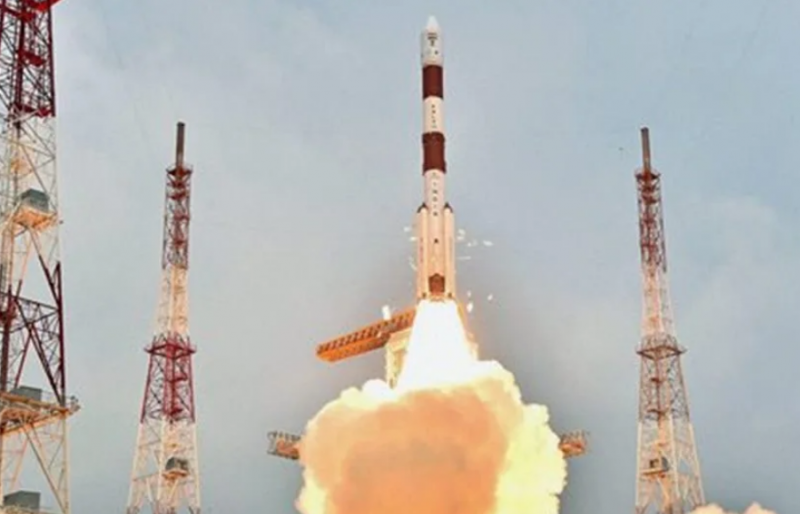
Sri hari kota: Chandrayaan-3 and ADITYA-L1 are two space missions that the Indian Space Research Organisation (ISRO) is preparing to launch in July. Since ADITYA-L1 is India's first-ever scientific mission to the Sun, it is certain to make history for ISRO. The third mission to the Moon by ISRO, Chandrayaan-3, will be significant. Let's look into why.
Only a few countries have made it possible to land there and travel around on the moon. The Chandrayaan-2 mission was ISRO's first attempt to make a soft landing on the lunar surface, and it launched in 2019. However, due to technical difficulties, the mission ended up crashing on the moon's surface. The crucial mission Chandrayaan-3 will be where ISRO attempts to pull this off.
A "follow-on mission" to Chandrayaan-2 will be Chandrayaan-3. Three main goals are to demonstrate roving on the Moon, perform a safe and soft landing there, and conduct in-situ scientific experiments. "To soft land at a specified lunar site and deploy the rover which will carry out in-situ chemical analysis of the lunar surface," according to ISRO, is the goal.
Also Read: upcoming technologies that will alter how we live in the future
A rover, a propulsion module, and a lander module will all be part of the Chandrayaan-3 mission. 3,900kg is the estimated total weight of the entire system. The main function of the propulsion module is to separate the lander from the propulsion module and to propel the lander and rover configuration 100 kilometres into lunar orbit
The LVM3 (Launch Vehicle Mark 3) rocket carrying Chandrayaan-3 will launch from the Satish Dhawan Space Centre (SDSC) SHAR, Sriharikota, Andhra Pradesh. In the first week of July, the mission—which is expected to cost around Rs. 613 crores—will launch.
Several scientific payloads will be carried by the lander and rover for lunar experimentation. The NASA-supplied "passive Laser Retroreflector Array" is one of the lander payloads and will aid in lunar laser ranging studies. "The PM also has one scientific payload as a value addition, which will be operated post separation of the Lander Module," said ISRO.
Also Read: Samsung and Apple account for 58% of the global tablet market
The first mission of ISRO to the Sun will be ADITYA-L1. The spacecraft will be positioned in a halo orbit around the Lagrange point 1 (L1) of the Sun-Earth system, 1.5 million kilometres from Earth. The mission would benefit from being able to continuously observe the Sun while avoiding eclipses and occultations from its position in the halo orbit.
Also Read: Following a significant solar eruption, a coronal mass ejection is moving towards Earth
In order to observe the "photosphere, chromosphere, and the outermost layers of the Sun," the ADITYA-L1 mission will be outfitted with seven payloads that will use "electromagnetic and particle, and magnetic field detectors." The mission will deliver crucial data, such as understandings into solar flare activities, coronal mass ejection (CME) activities, and the dynamics of space weather. In July, the mission is anticipated to launch.